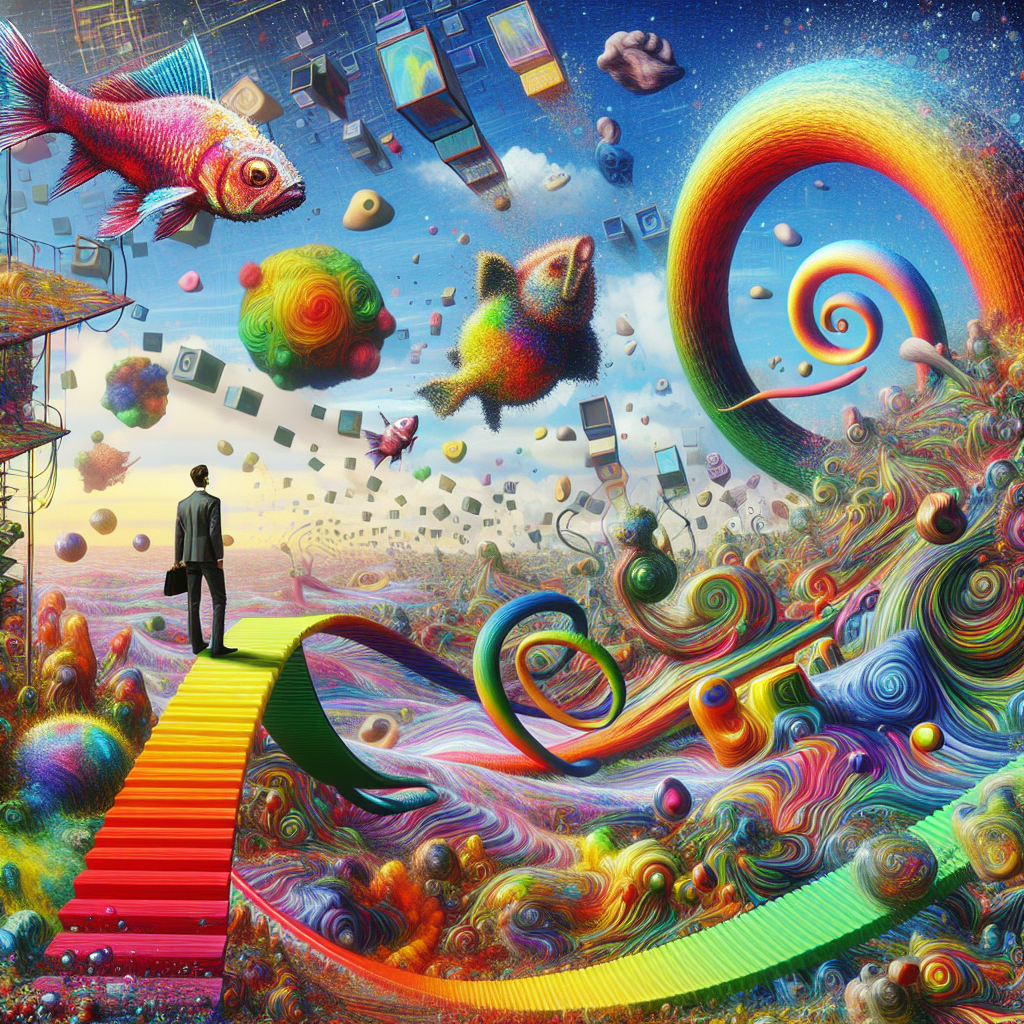The nature of our thoughts, often considered inconsequential and random, can hold deeper meanings worth exploring. This introspection usually strikes when engaged in mundane activities such as walking or preparing for sleep. Recently, while crossing a covered wooden bridge over the Housatonic River in Sheffield, Massachusetts, I was struck by the word “preposterous.” Often defined as something absurd or nonsensical, its etymological roots reveal a play between “before” and “behind.” This linguistic quirk seemed to mirror the peculiar thoughts and musings that came to me as I walked, metaphorically leading me astray in reverse, prompting contemplation of the absurdity surrounding us. My walk took a turn when I encountered a plaque detailing a UFO sighting linked to a local abduction story from 1969, a detail that opened a broader investigation into the bizarre and convoluted narratives human memory weaves.
Reflecting on the events of 1969, a time when societal unrest and absurd occurrences were rampant, the story of Thomas Reed and forty witnesses adds layers to the cultural tapestry of that period. The backdrop of the Vietnam War and its harsh realities, under the administration of Richard Nixon—the supposed “peace candidate”—saw the emergence of radical countercultures, interwoven with drug use and occult practices. Events such as the Manson murders, the chaotic Woodstock festival, and the shocking My Lai Massacre underlined a cultural landscape steeped in tension, radicalism, and disassociation. The U.S. Air Force’s Project Blue Book, which investigated UFO sightings, concluded its existence amidst this turmoil, denying any evidence of extraterrestrial life. The year encapsulated a tumultuous clash between cultural chaos and governmental control, with implications that resonate in our current times.
Fast-forwarding to today, the chaos of societal existence appears to have cycled back as we grapple with the realities spawned from our digital modernity, a derivative of the same mind-bending issues from the late 1960s. Modern conflicts, such as the U.S. wars in various nations, echo a long-standing trend of violent international policies initially shaped during Nixon’s era. Once-quirky narratives surrounding UFO sightings have resurfaced as “unidentified anomalous phenomena,” capturing the public’s imagination in strikingly similar ways to their 1960s counterparts. As artificial intelligence proliferates and more potent drugs enter mainstream use, any semblance of a coherent societal narrative is overshadowed by confusion and chaos—a reflection of preposterous absurdities spun by technology and media.
This modern tapestry of societal confusion is thick with intricate threads of surveillance, censorship, and disarray. From rampant misinformation to skewed realities, the digital landscape becomes an omnipresent interrogation of consciousness, carrying the ghostly remnants of MKULTRA mind control techniques designed to provoke anxiety and foster societal insecurities. The cultural decline of traditional beliefs has paved the way for consumerist spirituality, where shopping becomes the new faith, while political rhetoric surrounding gender and identity further complicates the traditional social fabric. Notably absent is a united peace movement, save for small pockets of activism against injustices like the Israeli-Palestinian conflict, highlighting an overall apathy towards war and suffering mirrored from the chaotic 1960s.
Wrapping these chaotic narratives around a continuous thread of absurdity, it becomes clear that the bizarre phenomena, whether dismissed as conspiracy theories or trivialized in popular culture, stand as facets of the incoherence plaguing our society. My relative’s recent UFO sighting is illustrative of this modern social condition, representing the universal struggle to understand and articulate personal experiences. These sightings challenge dismissive narratives pushed by authoritative bodies, raising questions not only about what we see but what we choose to believe. There is a profound realization here that preposterousness is not merely a term to dismiss but a call to engage with the mysteries lurking within modern existence.
In grappling with all these chaotic experiences and existential thoughts, it is easy to understand why a term like “preposterous” resonates so deeply with our current state of affairs. As the boundaries of sanity blur, there lies a profound transformation waiting to occur through candid introspection of our shared history and its repeated patterns. Drawing from thought-provoking insights, like those presented by Polish poet Czeslaw Milosz, it becomes evident that our spiritual and political crises stem from a collective hesitation to confront the truths of our contemporary world. We stand today at the intersection of past and present, grappling with the collapse of traditional structures and the outlandishness of shared narratives, all while navigating our quest for meaning amid growing absurdity.
Thus, the conflation of time and societal patterns—what once was must inform what will become—remains an undeniable reality. It speaks volumes to the absurdity emblematic of the human experience and challenges us to awaken from our collective stupor. Such reflections encourage a confrontation with our internal dialogues shaped by decades of disruption, ignorance, and cultural malfeasance. Embracing the chaotic nature of our realities as preposterous expressions acknowledges the depth of our current struggle—one that is larger than individual perception and cultural dislocation. The cyclical journey through absurdity underscores a profound truth about our existence: we are forever entangled in a dance of history, forever chasing the echoes of what lies both before and after us.

